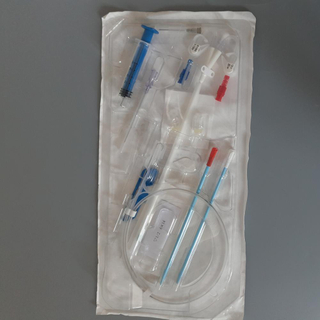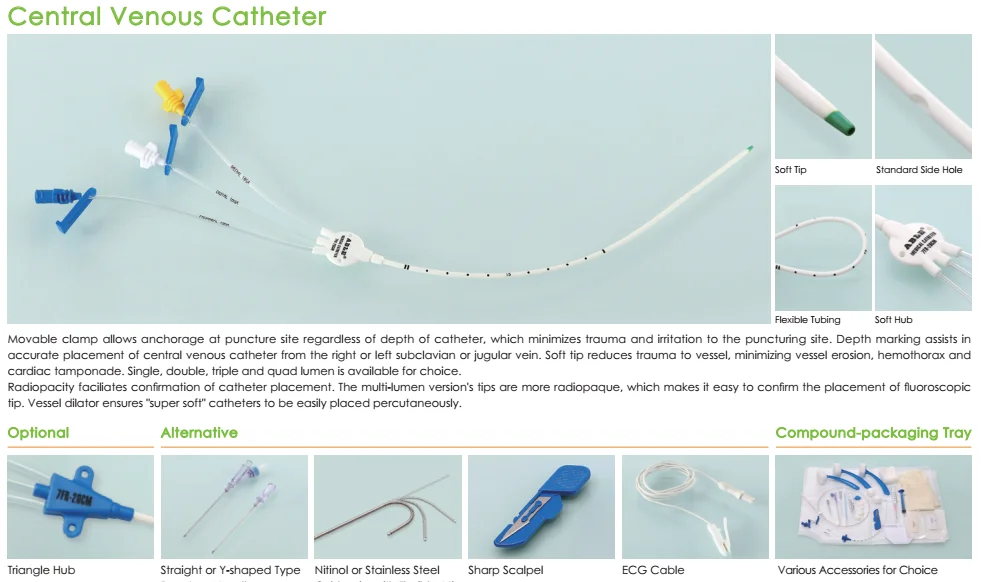

As soon as the patient is stable following insertion of a cannula in an area of flexion.As soon as the patient is stable and no longer requires IV fluid therapy.Some literature challenges this firm timeline and suggests that sites should be assessed individually for decisions about removal (Gorski et al., 2012). PVAD-short sites are prone to phlebitis and infection, and should be removed (CDC, 2017) as follows: PVAD-short device – locked Figure 8.1 PVAD-short – with infusion

Many agencies require additional training to initiate IV therapy, but the care and preparation of equipment, and the maintenance of an IV system, is the responsibility of the trained healthcare provider. Other literature suggests that PVAD-short catheters be changed based on individual assessment of the site and not specific time frames (Gorski et al., 2012). CDC (2017) recommends that PVAD-shorts be replaced every 72 to 96 hours to prevent infection and phlebitis in adults. They are easy to monitor and can be inserted at the bedside. PVAD-shorts are used for infusions under six days and for solutions that are iso-osmotic or near iso-osmotic (CDC, 2017). The hub of a short intravenous catheter should be attached to IV extension tubing with a needleless cap (Fraser Health Authority, 2014). If a lower extremity is used, remove the peripheral IV and re-site in the upper extremities as soon as possible (CDC, 2017 McCallum & Higgins, 2012). Upper extremities (hands and arms) are the preferred sites for insertion by a specially trained healthcare provider. Dressings serve to keep the site sterile and prevent accidental dislodgement (CDC, 2017). Sites are covered with dressings, which can be a sterile transparent semi-permeable dressing or a gauze dressing if the site is bleeding (RNAO, 2005/2008). Principles of asepsis are followed during insertion. Short Peripheral Catheter (SPC)Ī PVAD-short cannula is a common, preferred method for short-term IV therapy in the hospital setting (see Figure 8.1). Peripheral Venous Access Device-Short Cannula (PVAD-Short) a.k.a. Besides observing the site for complications, accessing, flushing, and removal of IVADs, tunneled catheters, and catheters used for hemodialysis require specialized skill and they are not within the scope of this textbook. This section will describe two types of venous access: peripheral IV access and central venous catheters.

There are a variety of options available, and a venous access device must be selected based on the duration of IV therapy, type of medication or solution to be infused, and the needs of the patient. In practice it is important to understand the options of appropriate devices available. Safe and reliable venous access for infusions is a critical component of patient care in acute and community health settings.


 0 kommentar(er)
0 kommentar(er)
